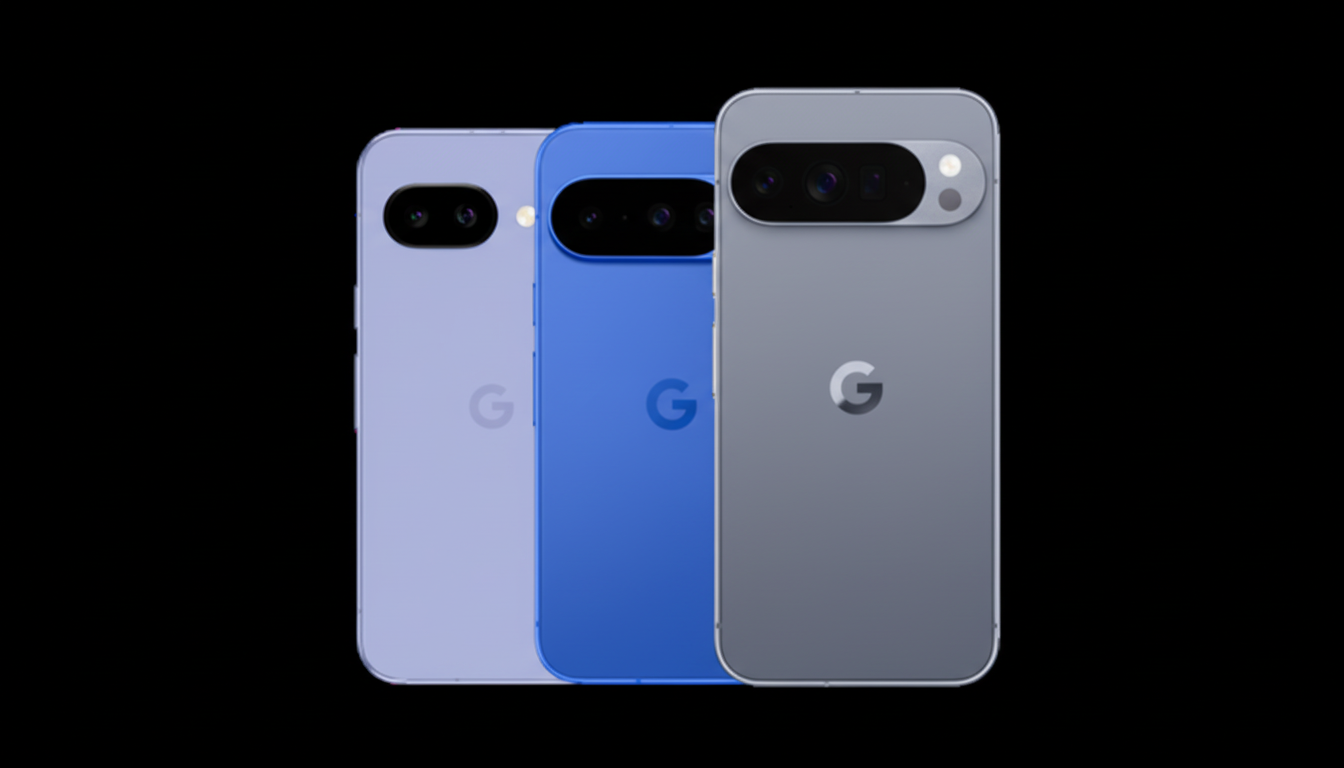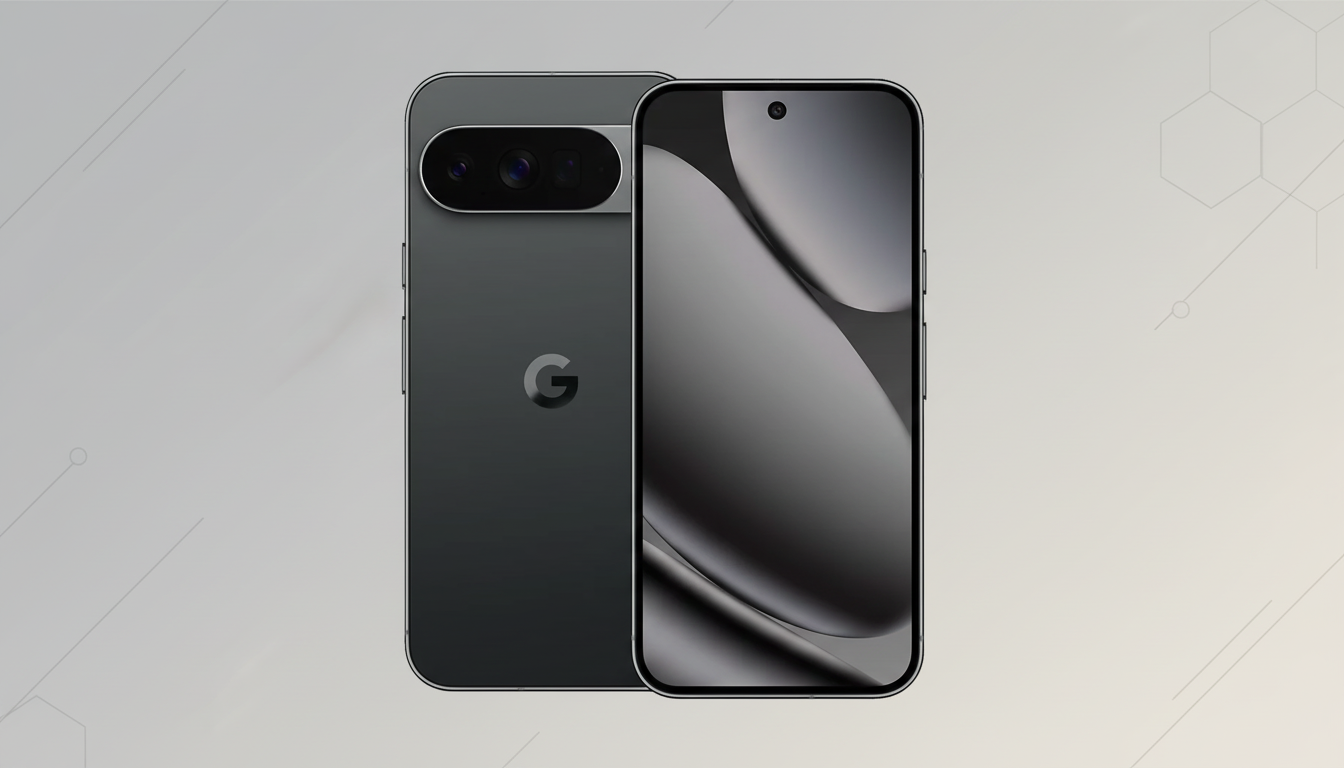Buying a 10,000mAh Qi2 power bank for a Pixel 10 sounds like an easy way to double your battery life. Real-world testing says otherwise. In multiple trials of popular Qi2 25W magnetic banks alongside Google’s latest phones, a 10,000mAh pack averages nearly a single full charge to a Pixel 10 series device and sometimes even falls short on the sizable model.
Why a 10,000mAh label does not equal two full charges
The manufacturer headlining number on a power bank is measured at the cell’s nominal voltage, typically about 3.7V. The only apples-to-apples metric when comparing batteries or phones to batteries is watt-hours: 10,000mAh at 3.7V is about 37Wh. However, your phone charges at a higher system voltage of 5V or 9V, and every additional step-up transformation loses energy as heat. Convert 37Wh back to 5V and you’re looking at about 7,400mAh after conversion losses. Quality USB-C outputs can typically achieve 85–90% efficiency, leaving around 6,300–6,700mAh as the most you may supply to a phone. Some companies print a “rated capacity” in a tiny font that aligns with this.

Now consider the Pixel 10 family’s batteries: around the mid‑4,000mAh range for the base model, about 4,870mAh for the Pixel 10 Pro, and about 5,200mAh for the Pixel 10 Pro XL. A 10,000mAh pack over cable can just about fill any of them once. However, expecting two full refills is rather optimistic.
Wireless Qi2 adds losses that reduce real charging gains
Qi2 helps by using magnets to align the coils—an upgrade spearheaded by the Wireless Power Consortium that reduces misalignment and cuts some waste compared to older Qi pads. But wireless still introduces an air gap, and additional conversions mean more heat and lower efficiency versus a cable. Independent measurements from charger labs and teardown groups typically put real-world magnetic wireless efficiency in the 60–75% range depending on alignment, case thickness, and thermal throttling. This gap is the reason why a 10,000mAh Qi2 bank that can easily complete a wired charge might have issues completing the job wirelessly, especially with larger batteries.
What early Pixel 10 testing shows for wired and wireless
Hands-on trials with well-known 10,000mAh Qi2 25W banks, plus their integrated USB-C cables rated between 30W and 45W, show a consistent picture. Wirelessly, a Pixel 10 Pro tends to hit 100% while leaving only a sliver in the bank. A Pixel 10 Pro XL may top out at about 99–100%, leaving the pack all but depleted. Swap to USB-C, and efficiency improves: one full phone charge typically leaves about 10–20% in the power bank.
Thermals count. Wireless sessions operate hotter, so the phone and the bank dial back power. Cable charging limits the maximum temperature and supports a greater average wattage, often finishing faster and with less wasted electricity. This aligns with advice from battery scientists and companies like UL Solutions, which emphasizes that heat accelerates wear and decreases immediate efficiency.

Practical buying advice for Pixel 10 owners on battery packs
If you want one emergency top-up while on the go and like the ease of magnetic snap chargers, a 10,000mAh Qi2 bank is adequate—just recalibrate to “about one charge.” For weekend trips or heavy navigation and camera days, step up to 20,000mAh if you want to rely on wireless. You’ll continue to give up some performance for convenience, but you won’t run dry after only one refill.
Want to save the most energy? Do away with the coils. A USB‑C–only 10,000mAh pack is lighter, cheaper, and normally provides the phone with 10–15% more usable energy than its Qi2 counterpart. Look for clear labeling of watt-hours—about 37Wh for “10,000mAh”—and verify the “rated capacity” at 5V or 9V on the spec panel to establish reasonable objectives.
A few pro tips will increase your chances of success no matter how you charge:
- Eliminate thick cases during wireless charging.
- Keep the phone and the bank cool.
- Avoid piling your wallet under the charger.
- Avoid obstructing airflow.
Quick math to set expectations from a 10,000mAh power bank
What a typical 10,000mAh pack actually delivers to a Pixel 10 series:
- Via USB-C: roughly 6,300–6,700mAh usable, or about one full charge with ~10–20% left in the bank depending on the model and conditions.
- Via Qi2 25W: roughly 4,500–5,500mAh usable in ideal alignment and cool environments—usually one full charge on smaller batteries, and near-empty afterward; larger batteries may finish with the bank fully drained.
In short, a 10,000mAh Qi2 power bank is a reliable single-charge safety net for the Pixel 10 family, not a two-charge solution. If you need more than one full refill, go bigger or go wired.

